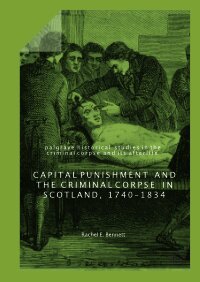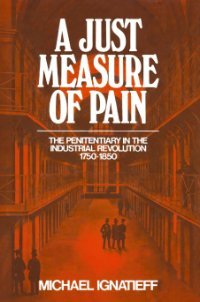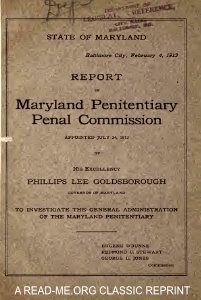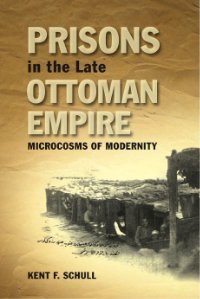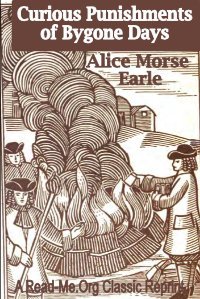By Andrew Silke and John Morrison
Recent cases of attacks by released terrorist prisoners highlight issues around the risk of re-offending posed by former terrorist prisoners. What are the appropriate processes and systems for managing and risk assessing such individuals, and to what extent is rehabilitation possible in the context of terrorist offending? This Policy Brief will explore these and related issues to help inform wider discussion and debates on appropriate policy in this area.
In this Policy Brief, the authors critically analyse the definition of ‘recidivism’, and demonstrate the need for a concrete operational definition before one is able to truly analyse recidivist activity. Following this, the authors discuss terrorist recidivism in a range of international contexts, ranging from Northern Ireland to Sri Lanka, the United States to Israel. By taking this broader perspective it allows the reader to gain a greater understanding of what factors related to recidivism rates may be context-specific, and which are universal.
The Hague: International Centre for Counter-Terrorism (ICCT), 2020. 13p.




